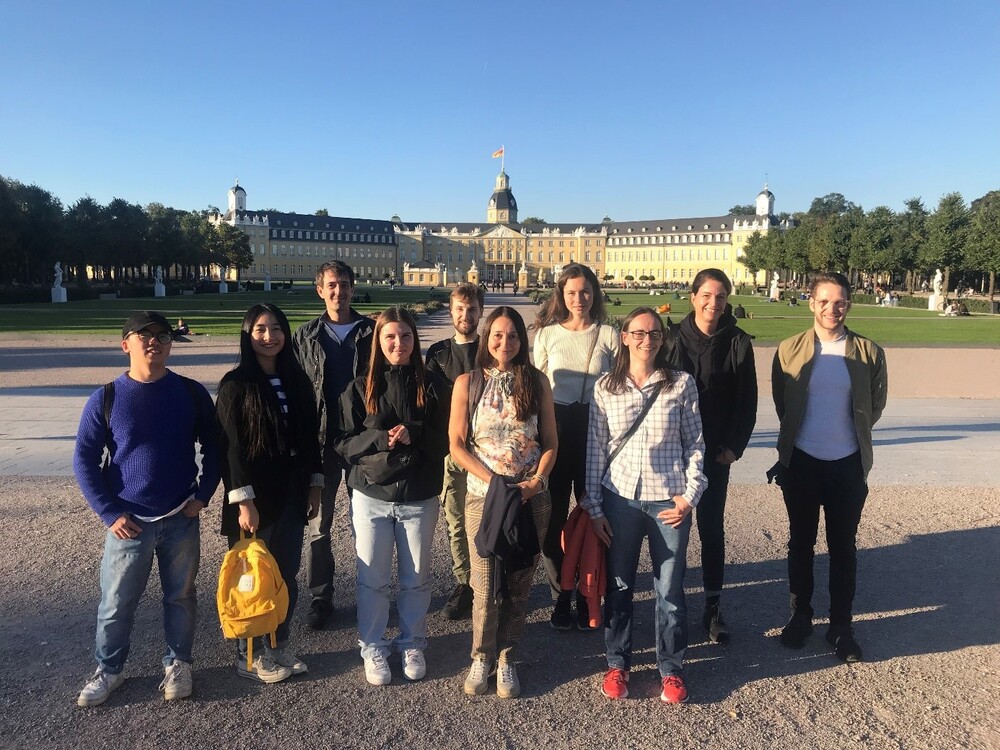Modellsysteme und nanoskalige Funktionsmaterialien in der Katalyse

Nanoparticles are characterized by novel, size- and shape-dependent properties which opens up a wide range of possibilities for their application as functional materials and catalysts. Controlled materials syntheses is essential with regard to the quality of the materials and their properties. We aim at the synthesis of defined nanoparticles and clusters in the liquid phase, which we use as a toolbox for model catalysts and magnetic hybrid materials. We apply a large repertoire of chemical syntheses in batch processes, that allow tailored size, shape, structure and composition of materials, and address their scale-up in continuous flow processes.
One main objective of our work is the development of defined model catalysts in order to elucidate relationships between catalyst composition/structure and catalytic properties for the development of more efficient catalysts. We characterize the size, size distribution, morphology, surface area and composition of nanoparticles and catalysts using various techniques including electron microscopy (SEM, TEM, EDX), X-ray diffraction (XRD, SAXS), dynamic light scattering, FTIR, UV-vis and optical emission spectroscopy (ICP-OES) as well as classic surface sensitive methods (e.g. N2 pysisorption). We currently focus mainly on reactions related to syngas chemistry, selective hydrogenations of organic substrates and direct hydrogen peroxide synthesis.
